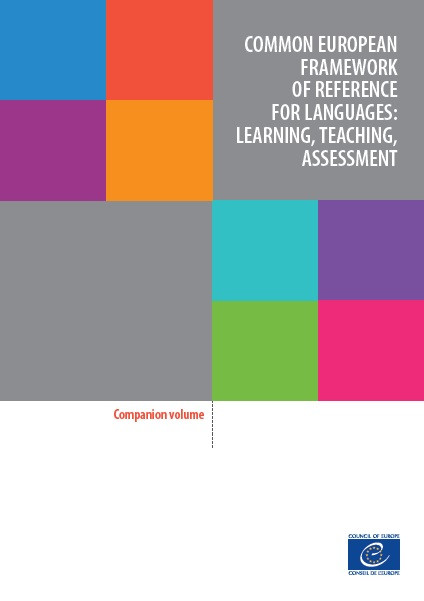The CEFR (2001: 87-88) defines mediation as a process where “the language user is not concerned to express his/her own meanings, but simply to act as an intermediary between interlocutors who are unable to understand each other directly –normally (but not exclusively) speakers of different languages.” However, unlike with the other communicative abilities of reception, production and interaction, for which extensive illustrative descriptors (or can-do statements) were produced, no such sets of descriptors relevant to mediation were included in the original CEFR document. As a result, the concept of mediation was not developed to its full potential. And this is exactly the reason why the CEFR Companion Volume was published two decades later.
 In the CEFR Companion Volume, the definition of mediation was expanded and descriptors for mediation were added in order to help teachers and stakeholders incorporate mediation in their courses, syllabuses and materials. The focus is on processes like passing on information in an appropriate form, and simplifying, elaborating, illustrating or otherwise adapting input in order to facilitate understanding. The CEFR-CV is not limited to cross-linguistic mediation (i.e., transferring information from one language to another and reducing distance between interlocutors who speak different languages) but also refers to the transfer of information within the same language (intralinguistic mediation). A further important innovation in this important document was that it included new sets of mediation descriptors (can-do statements). In the CEFR-CV, the concept of mediation focuses on three main categories for which various scales have been provided.
In the CEFR Companion Volume, the definition of mediation was expanded and descriptors for mediation were added in order to help teachers and stakeholders incorporate mediation in their courses, syllabuses and materials. The focus is on processes like passing on information in an appropriate form, and simplifying, elaborating, illustrating or otherwise adapting input in order to facilitate understanding. The CEFR-CV is not limited to cross-linguistic mediation (i.e., transferring information from one language to another and reducing distance between interlocutors who speak different languages) but also refers to the transfer of information within the same language (intralinguistic mediation). A further important innovation in this important document was that it included new sets of mediation descriptors (can-do statements). In the CEFR-CV, the concept of mediation focuses on three main categories for which various scales have been provided.
The three categories are the following:
a) mediating a text,
b) mediating concepts and
c) mediating communication.